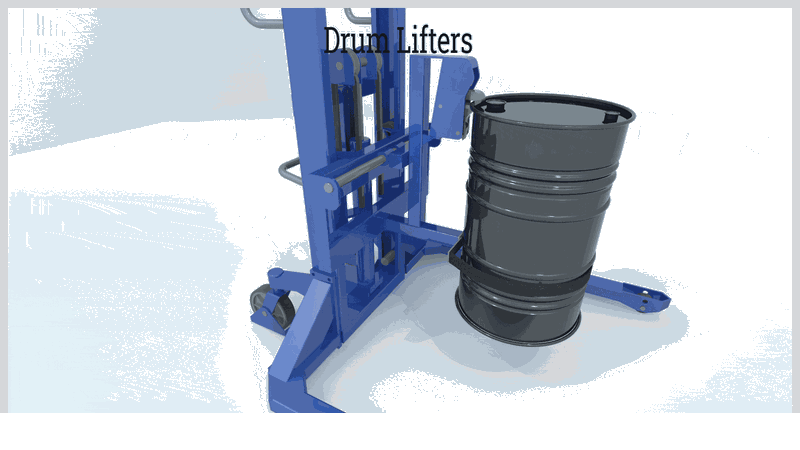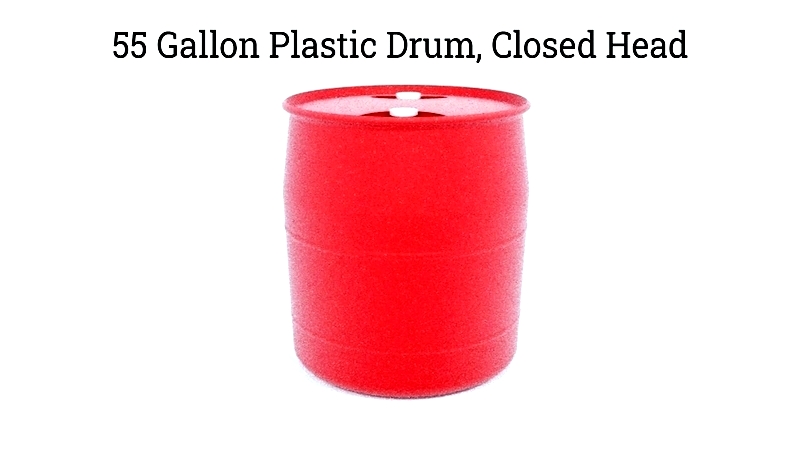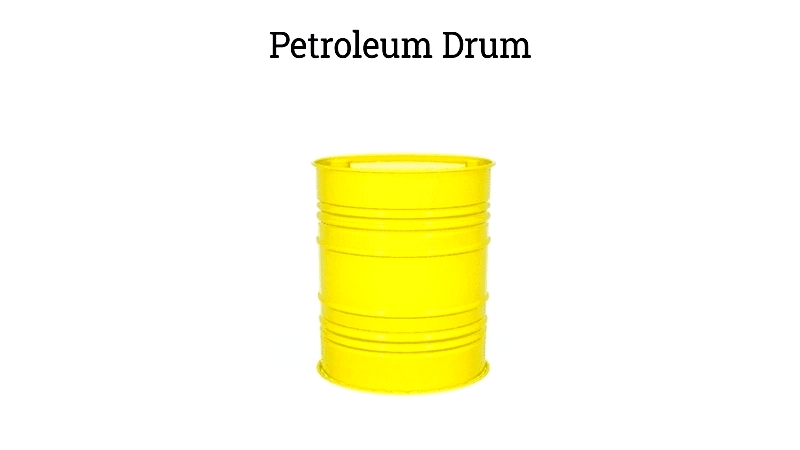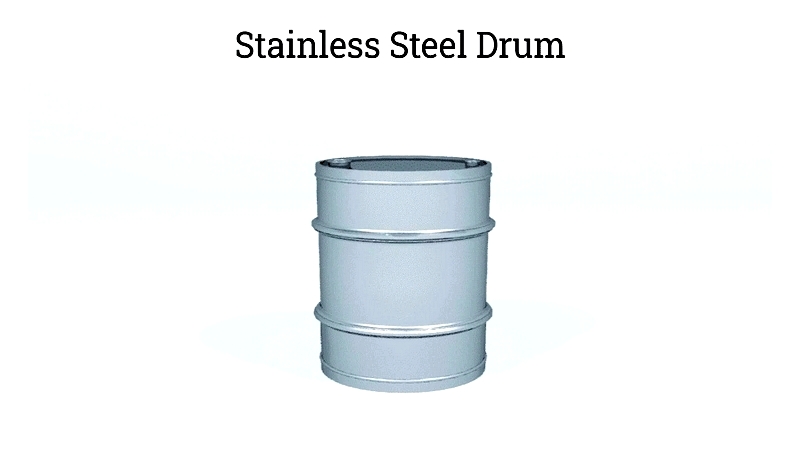Introduction
This section covers 55-gallon drums, their applications, and a list of major manufacturers
- Understanding 55-Gallon Drums
- Common Uses of 55-Gallon Drums
- Manufacturing Process of 55-Gallon Drums
- Different Varieties of 55-Gallon Drums
- Additional Information

Chapter One – Understanding 55-Gallon Drums
55-gallon drums are cylindrical storage containers made from materials including steel, stainless steel, and various plastics. These versatile containers serve multiple purposes, functioning as rain barrels, burn barrels, smoking chambers, and compost bins. While capable of holding diverse substances, each drum's material compatibility depends on its construction. Typical contents include liquids, paints, chemicals, powders, granular mixtures, and food ingredients.
The popularity of 55-gallon drums stems from their substantial 208.2-liter capacity. Originally developed after oil discoveries, these drums addressed the need for reliable large-capacity transport vessels. Early wooden barrels proved leak-prone and unstable, while 55-gallon drums offered ideal capacity and stability for crude oil transportation due to their robust design and easy handling.
Though initially designed for oil storage, 55-gallon drums now serve various shipping purposes. Traditional steel construction has largely given way to plastic and fiber materials, better suited for lighter contents like powders and food products. Modern drums use durable materials engineered to withstand rigorous transport conditions.

All 55-gallon drums share standardized dimensions: 34 inches (86 cm) height with 24-inch (61 cm) diameter, consistent across plastic and metal versions. Bungs typically measure 2 inches (5.08 cm) in diameter. Empty steel drums weigh 38-42 pounds (17-19 kg), with filled weight varying by content density.
While "barrel" and "drum" are often used interchangeably, key differences exist. Traditionally, barrels feature wider middles than ends, with historical ties to alcohol production and oil pricing. Wooden stave construction with sealed seams and fitted lids characterizes traditional barrels. Both types come in open-head or closed-head designs, with closed-head being more common.
Drums vary more widely in size and material, including plastics, paper, steel, and aluminum. Their straight sides and solid bottoms may feature sealed tops or removable lids. While barrels primarily transport liquids, drums handle nearly any liquid or solid material.
Chapter Two – Applications of 55-Gallon Drums
55-gallon drums primarily serve industrial storage and shipping needs. Their durable construction, optimal size, and portability make these industrial containers essential for logistics and secure transport. Both open-head and closed-head designs prevent leaks and contamination. Open-head drums use reinforced metal bands for spill-proof sealing during handling. Closed-head drums feature permanent tops with bung openings, commonly storing liquids, chemicals, powders, oils, and grains across industries.
Over 120 years of use, 55-gallon drums (also called steel drums) have evolved from petroleum shipping to manufacturing, food processing, pharmaceuticals, and emergency preparedness. Their adaptability and cost-effectiveness make them fundamental containers. From bakeries to chemical plants, these heavy-duty barrels provide safe bulk storage and transport solutions, often featuring UN/DOT certification for hazardous materials.
Petroleum Industry
Standardization by the American Petroleum Institute (API) established the 55-gallon steel drum as the industry norm. This uniformity improves inventory control and measurement standardization. Steel drums resist environmental factors, securely containing fuel oil, lubricants, solvents, and petrochemicals.
While pipelines and tankers have reduced large-scale drum use, 55-gallon steel drums remain vital for specialty oil distribution. These barrels still serve refineries and terminals for product transfer, sampling, and specialty blend transport.

Food Storage
Food-grade 55-gallon drums must meet strict FDA standards, using approved materials like HDPE plastic or properly lined stainless steel. Containers undergo rigorous inspection to ensure food safety and quality preservation.
Open-head polyethylene drums are popular for bulk ingredients due to their sanitary, chemical-resistant interiors. Common contents include grains, flour, sugar, oils, and powdered ingredients. Proper rotation and cleaning maintain freshness, with tamper-evident lids available for sensitive products.
Besides HDPE, stainless steel and epoxy-lined carbon steel drums meet food contact regulations. Bulk processors and suppliers use these for efficient, safe ingredient transport to factories and commercial kitchens.

Pharmaceutical Applications
In pharmaceutical manufacturing, 55-gallon drums comply with CGMP regulations. Pharmaceutical-grade drums use inert, sanitizable materials like stainless steel and FDA-approved HDPE.
These secure containers store APIs, excipients, solvents, and chemical intermediates, protecting against contamination and environmental hazards. Many feature UN/DOT ratings and traceability for compliance.
Specialized closed-head drums with tamper-proof seals optimize safety and quality assurance in pharmaceutical handling, meeting evolving regulatory standards.
Chemical Storage
The chemical industry relies on industrial 55-gallon drums for safe chemical storage and transport. OSHA and EPA regulations require properly labeled containers matching chemical properties.
Stainless steel, coated steel, and HDPE plastic drums store solvents, acids, bases, and flammable liquids. Blue HDPE drums offer visibility and chemical resistance for caustic substances.
UN-certified drums ensure hazardous material compliance, with specialized linings for reactive chemicals. Drum handling equipment enhances safety during chemical logistics operations.
Waste Management
Waste disposal drums safely contain hazardous, medical, and industrial waste per EPA regulations. Both open-head and closed-head designs segregate waste based on physical and chemical properties.
Specialized providers offer EPA-compliant drums for hazardous waste storage and transport, including pickup, testing, and documentation services. Waste characterization determines proper disposal methods for landfill, incineration, or recycling.
Hospitals, labs, and manufacturers depend on these solutions to maintain environmental responsibility and workplace safety standards.




